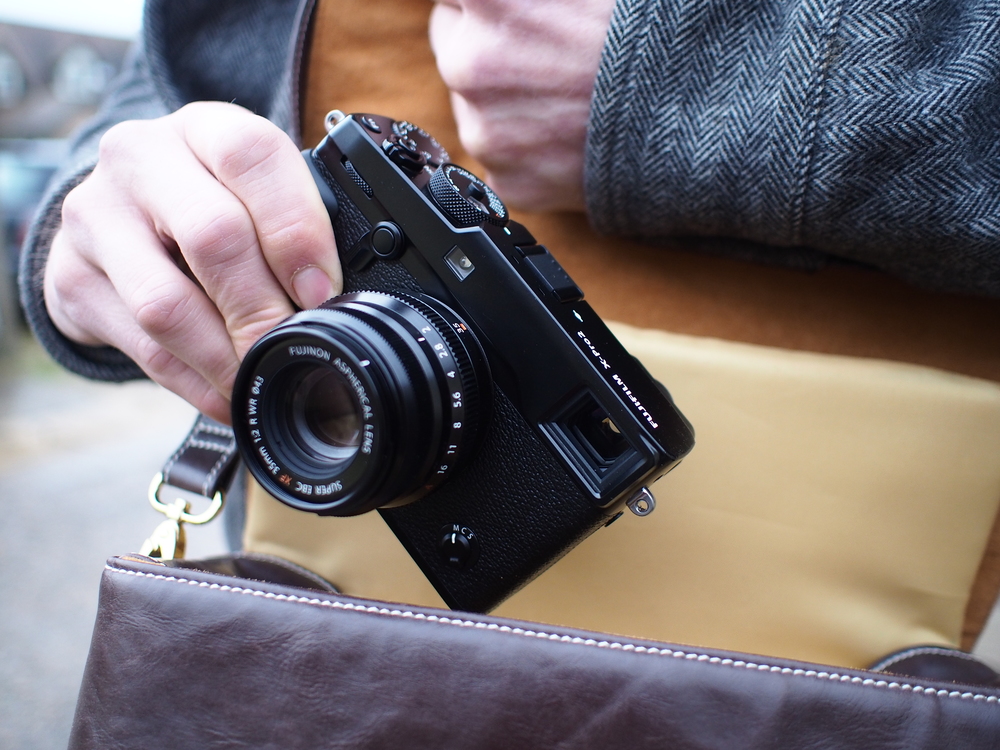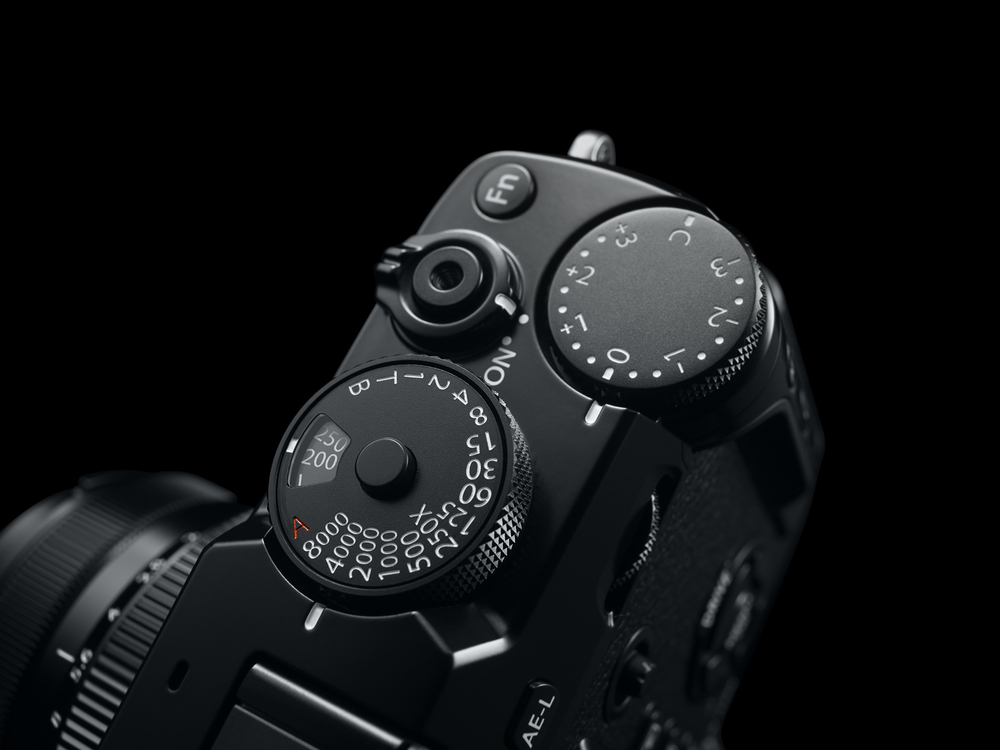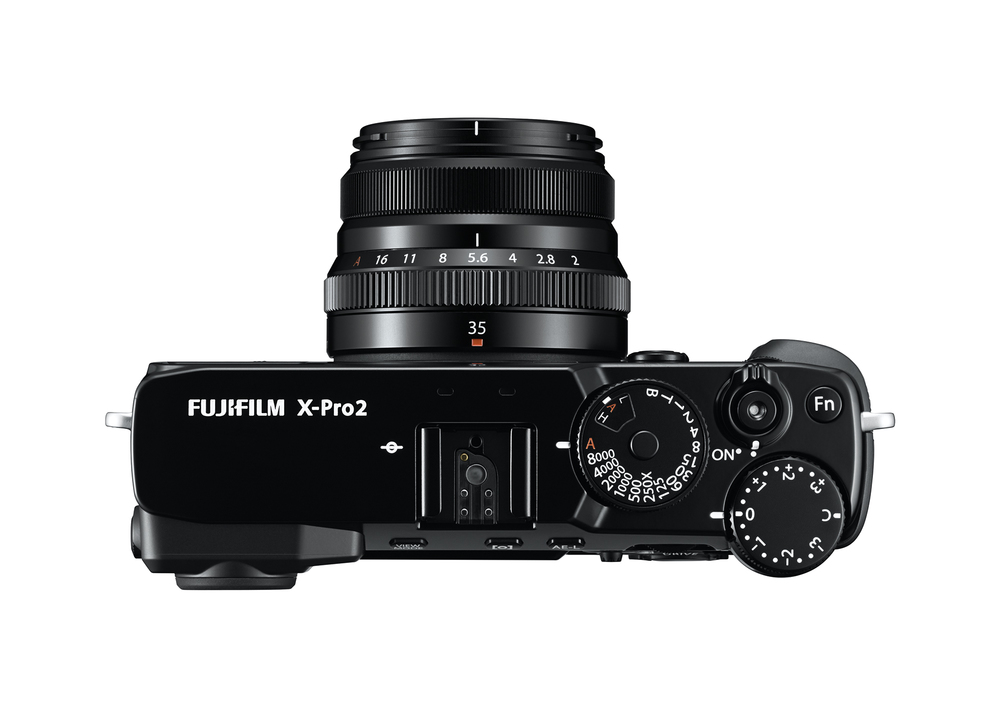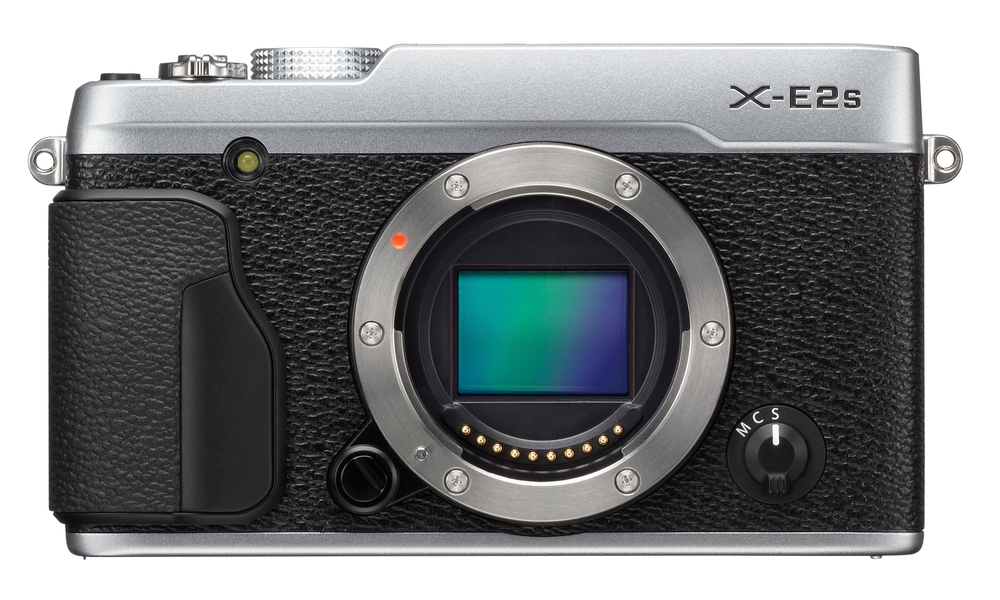Fuji has introduced a Mark II version of its granddaddy X-Pro 1, the camera that helped start the mirrorless boom. Five years is a long time in digital computing and the original X-Pro led the market with its retro styling, hybrid optical/electronic viewfinder and a completely new lens-mount system.
Despite successive Fuji system cameras, from the X-E1 to the X-T10, the Pro has kept a faithful following. My colleague Bill Palmer is a serious X-Pro fan and has been counting the days to the arrival of his new 2, which he expects in early February. He will be reviewing it for MacFilos in due course.
The X-Pro 2 looks very similar externally to its predecessor and this is no bad thing since the size and shape is nigh on perfect, especially for photographers with a rangefinder background. It is, however, now dust and splash proof. Inside, the new camera gets a the latest 24MP X-Trans CMOS III sensor and a much faster X-Processor Pro chip with continuous autofocus up to eight frames per second. The mechanical shutter speed range has been increased to 1/8000s. Incorporated in the new shutter-speed dial is an ISO-setting window which brings the advantage of being able to check sensitivity at a glance.
One small improvement that pleases me no end is an integral diopter adjustment. The original X-Pro 1 lacked adjustment and it was necessary to screw in an accessory lens. Even wearing glasses, I found this essential but I lost two £25 lenses in quick succession; they simply unscrewed and fell off. I also welcome the addition of an extra SD-card slot.
The X-Pro 2 will be available in February at a UK price of £1,349.
In addition to the new flagship, Fuji has also announced an upgraded version of the X-E2, the X-E2S with a slightly redesigned grip and a higher-resolution 2.36m-dot EVF, updated autofocus system, similar to that on the X-T10 and the new X-Trans CMOS III sensor but married to a 16MP sensor. It will cost £549 or £749 in kit with the 18-55 lens.
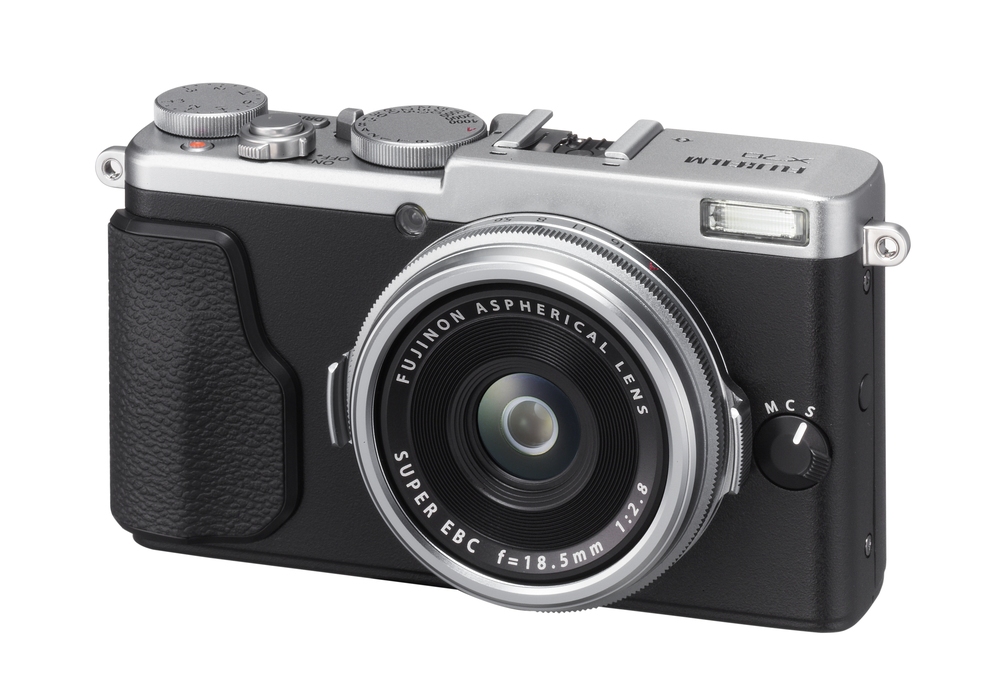
Above left: Fuji X-E2S, right Fuji X70
The new X70 has a 28mm fixed lens and looks like the little brother of the X100T. Without a viewfinder, however, it is more comparable technically with the Ricoh GR. It does benefit from touchscreen technology, a full set of top-plate controls and a hinged screen. The X70 will cost £600. Bill Palmer did a preview of the X70 and was not so impressed.

